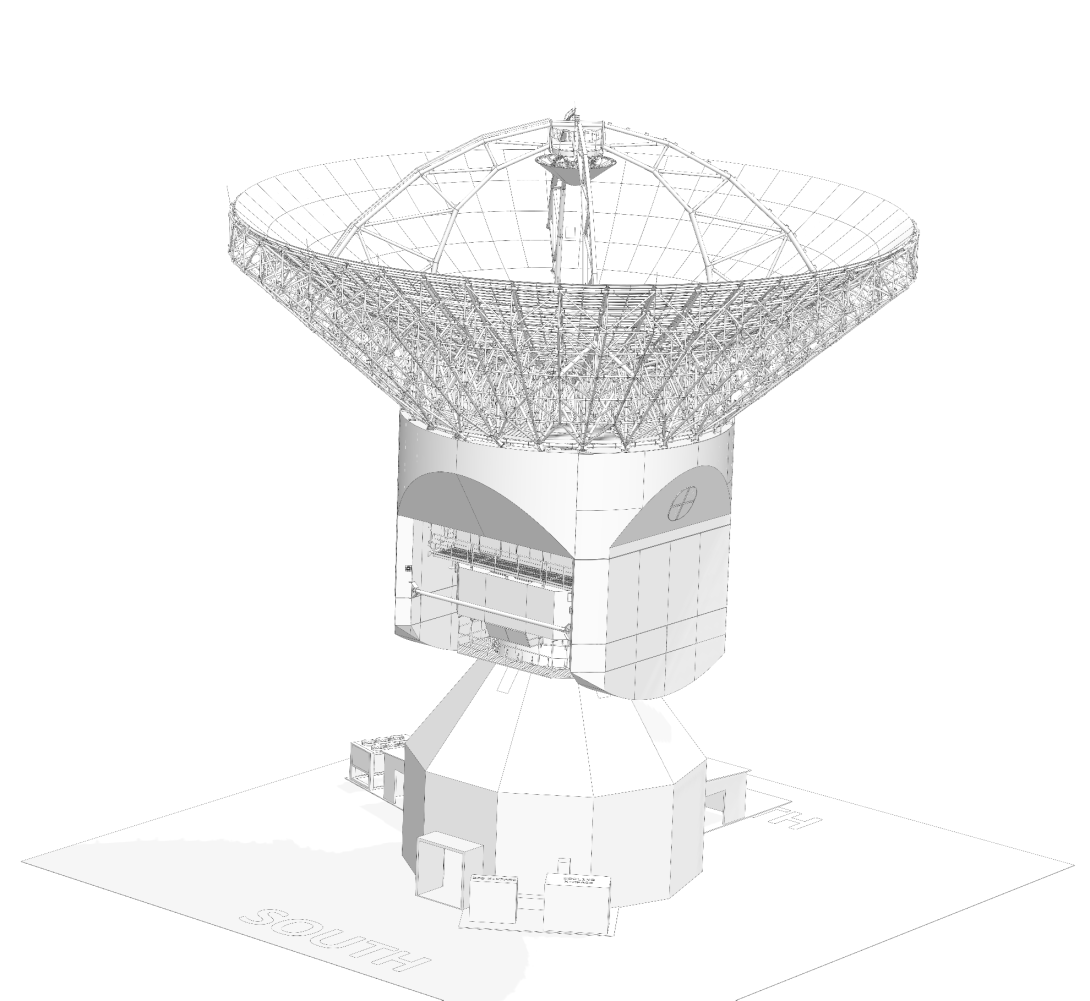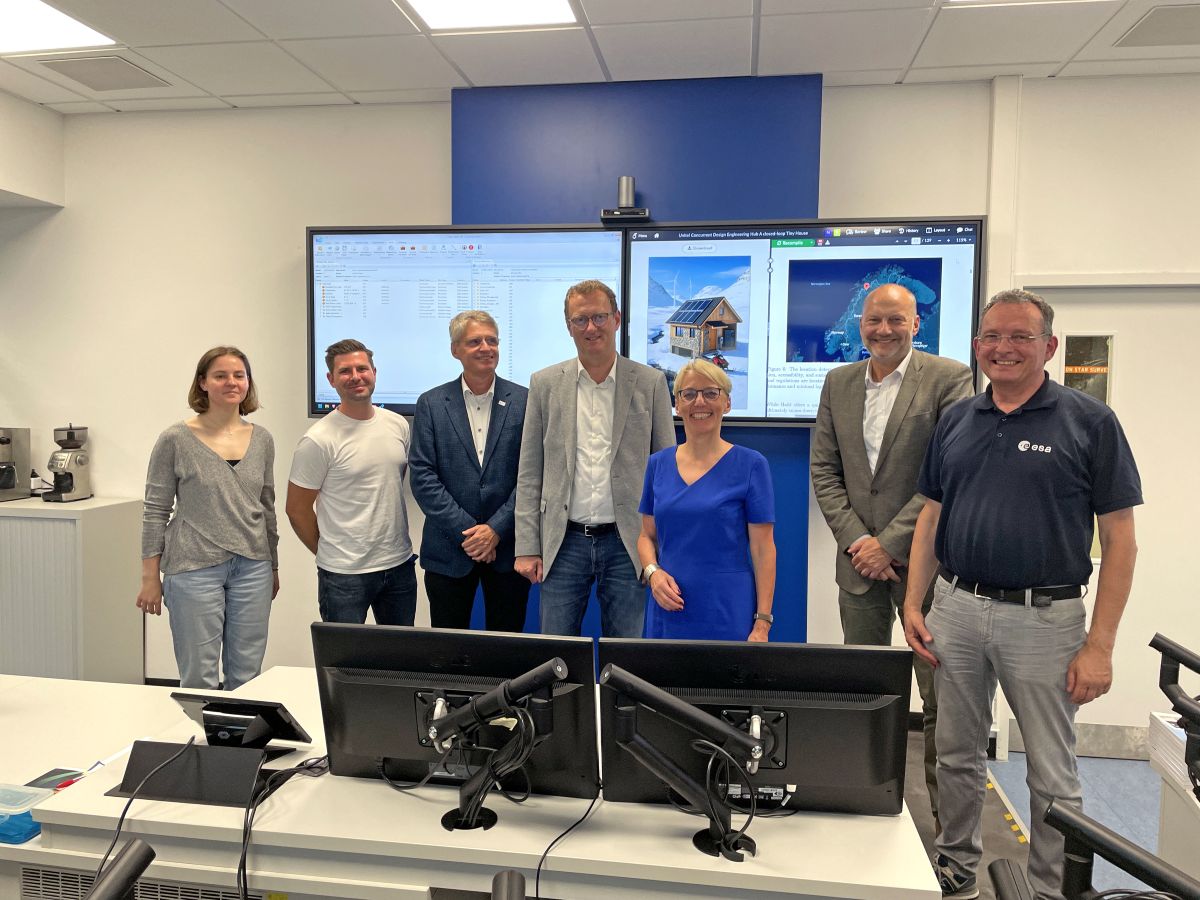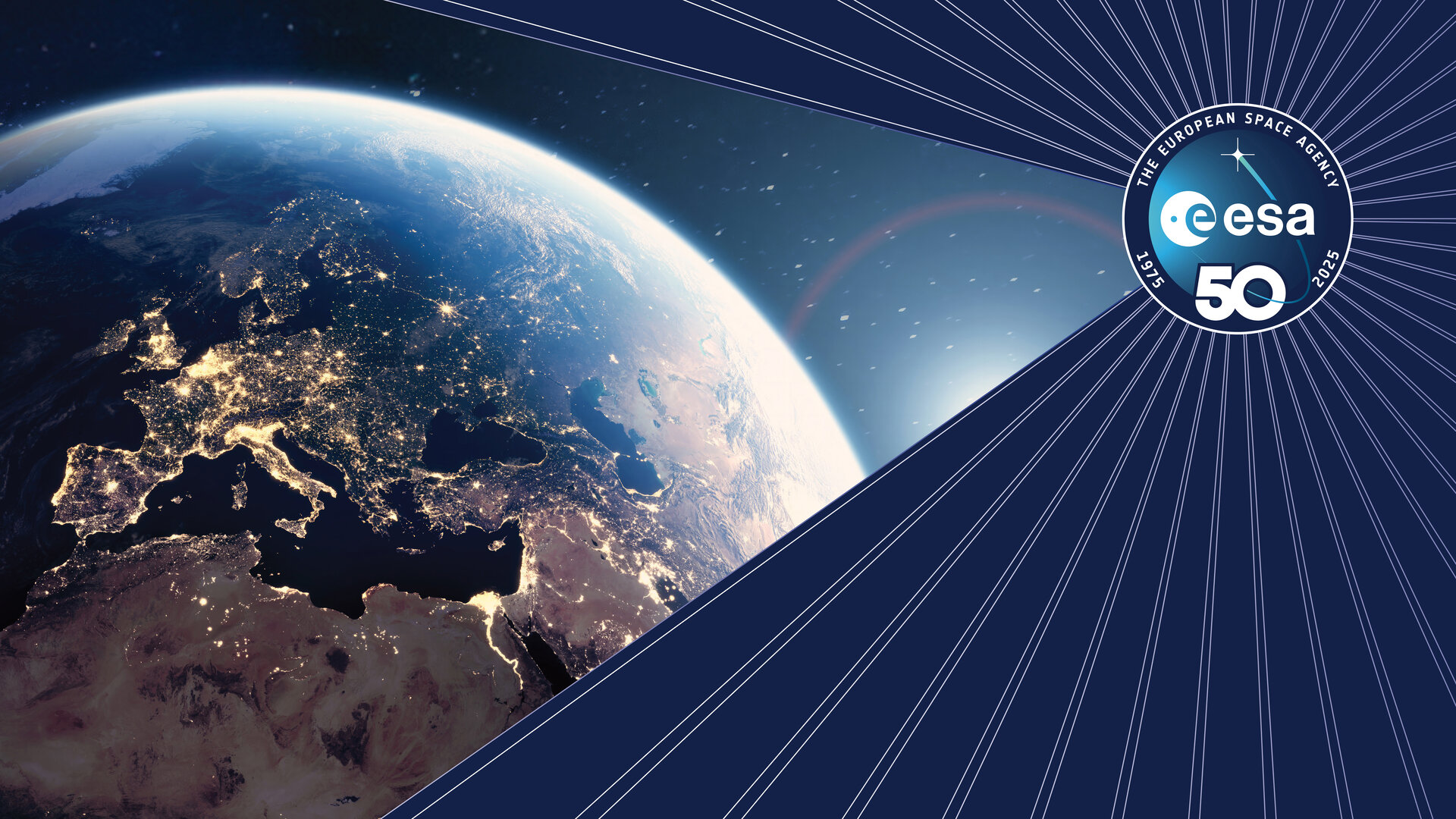ESA’s new deep-space antenna comes to life in virtual reality
The European Space Agency (ESA) is constructing a new 35 m-diameter antenna in Australia in order to meet the rising demand for communication bandwidth as the Agency prepares and launches a new generation of deep-space and space safety missions.
Construction began earlier this year, led by prime co-contractors Thales Alenia Space from France and Schwartz Hautmont Construcciones Metálicas from Spain.
As part of the development process, ESA is using virtual reality (VR) tools to complement traditional design elements such as technical drawings and 3D computer aided design (CAD) models for the first time.
ESA has conducted regular interactive sessions with the developers of the VR antenna model, mtex antenna technology, throughout the design phase of the project. mtex is responsible for the structural design and servo drive design for the new antenna. In general, their VR model allows them to more effectively verify that the mechanical design is consistent with the needs of integration and maintenance activities – ensuring that there will be enough space to access all key systems, for instance.

More than a ‘wow factor’ for visiting experts
The mtex VR model saw ESA’s new deep-space antenna come to life for members of the international space operations community last month.
Members of the SpaceOps Committee attending the SpaceOps Fall Meeting at ESOC had the opportunity to experience the scale and technical detail of the model using VR goggles.
In addition to the ‘wow factor’ that the experience provided, the VR model allowed visiting experts to examine and exchange on internal and external features of the new antenna with the project team at ESOC.
The new antenna is under construction in New Norcia, Western Australia, and will be the fourth deep-space antenna in ESA’s Estrack network. These antennas are located around the world to provide the capability to communicate with spacecraft almost anywhere in the Solar System. They are operated remotely from ESOC in Darmstadt, Germany.
Despite looking similar to the existing 35 m deep-space antenna at ESA’s New Norcia station, the development and construction of the antenna are being led by a new industrial consortium. The antenna will incorporate a number of innovations from the fields of mechanical and electronic engineering that have arisen in the time since the existing Estrack antennas were designed, such as optimisations to the shape of the sub-reflector and a new reflector dish panel configuration, including its supporting truss structure.
Industrial and international partners
The decision to construct the antenna at ESA’s existing New Norcia station in Western Australia was announced in April 2021. Since then, work has been underway to define the exact location for the new antenna and to upgrade the necessary infrastructure such as roads, power and data. Construction is now underway, led by prime co-contractors Thales Alenia Space and Schwartz Hautmont Construcciones Metálicas, and is due for completion in late-2024. The antenna is due to enter operation in early-2025.
The new antenna will increase the capacity of ESA’s existing New Norcia station and provide K-band signal reception for astronomy missions such as Euclid and Ka-band reception for exploration missions such as BepiColombo.
The antenna is a cooperation with the Australian Space Agency. Australia’s national science agency, CSIRO, has been ESA’s local partner for operations and maintenance since 2019 and will likewise be responsible for the additional new antenna.



